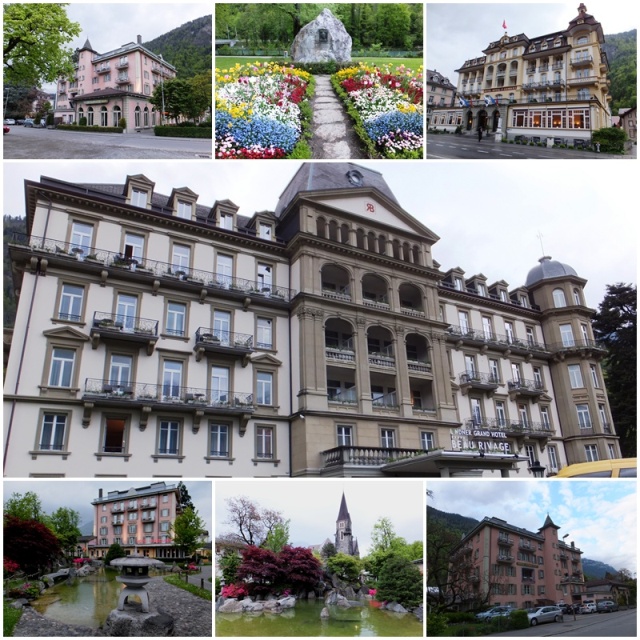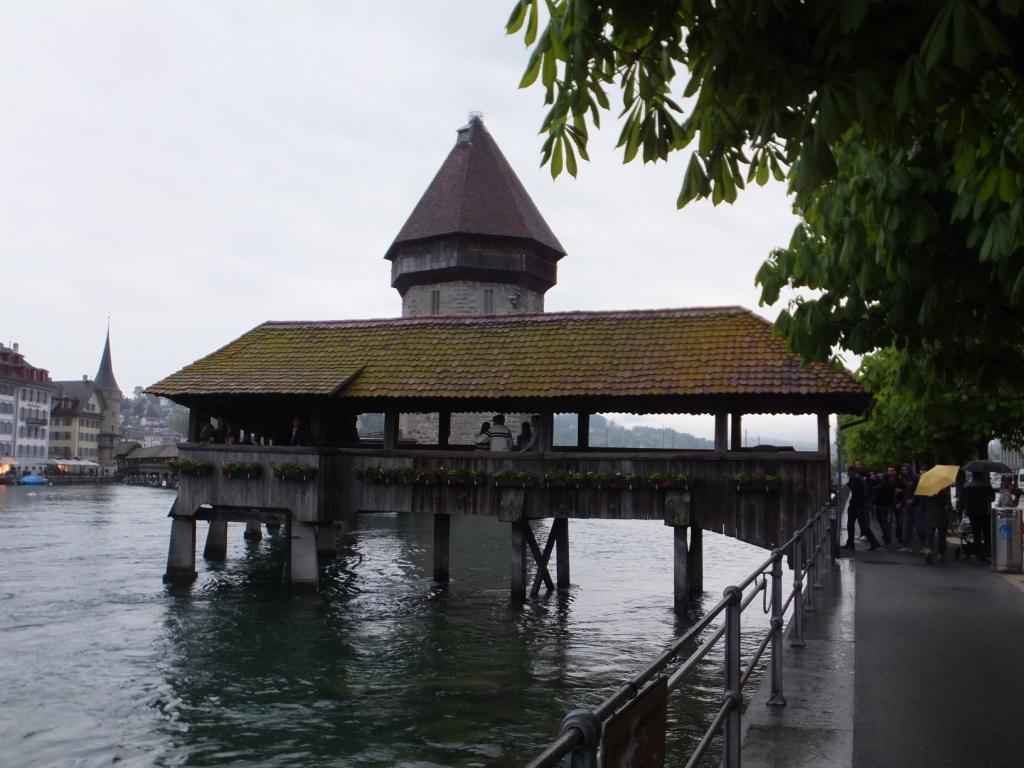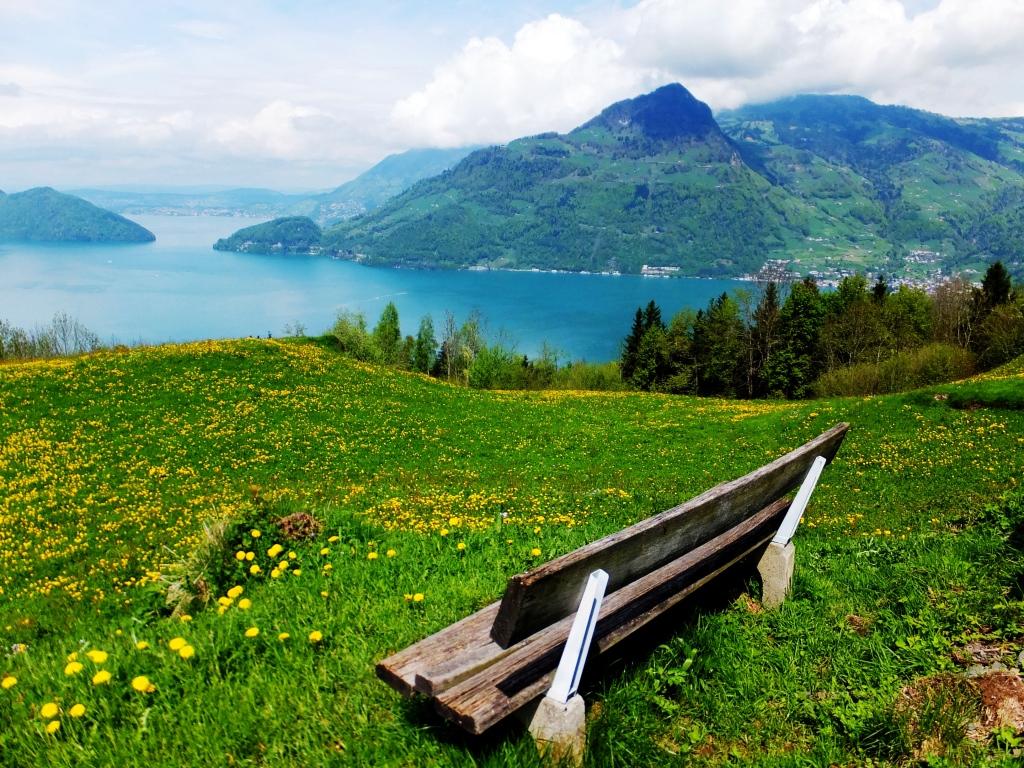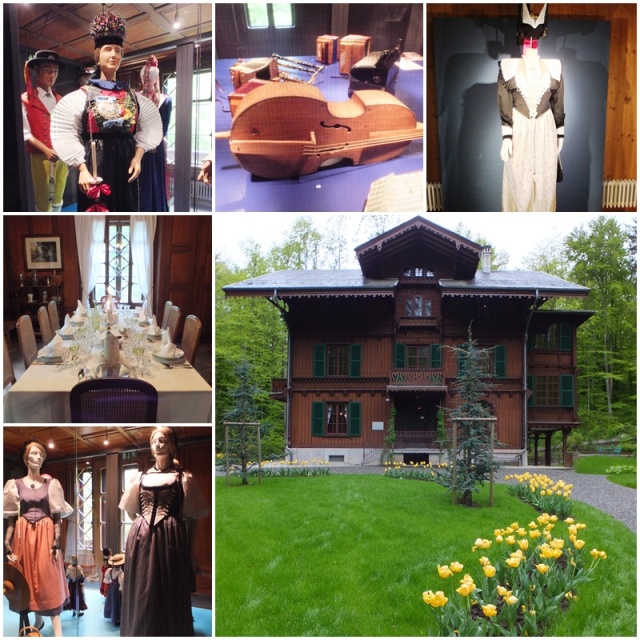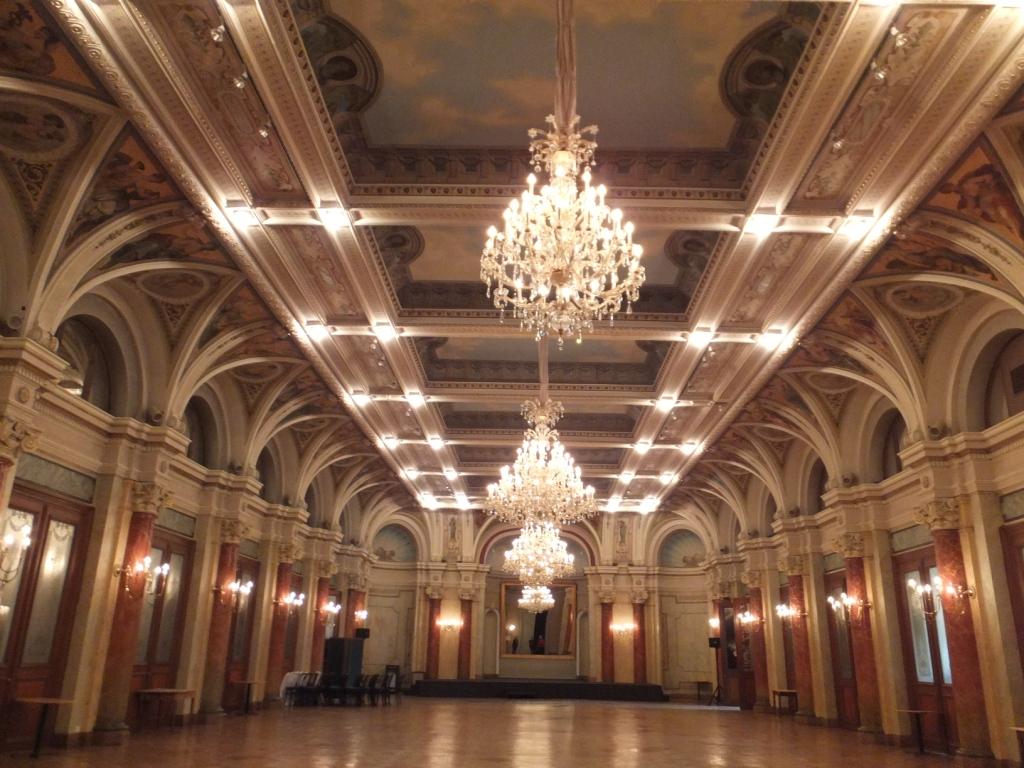May 11, 2013 started out as another overcast, grey and drizzly day. On this day I had big plans: a trip up to the famous Jungfraujoch, also called the Top of Europe. To get up to Europe’s highest railway station at 3,454 metres (11,388 feet), I would have to take 3 different railways. Beat Kornfeind was my local guide, assigned to me by the Jungfrau Railway company. Beat, who has been a tour guide in various different parts of the world, was the perfect personal guide – friendly, helpful and knowledgeable. We were in store for having a great day on one of Switzerland’s most iconic mountains.
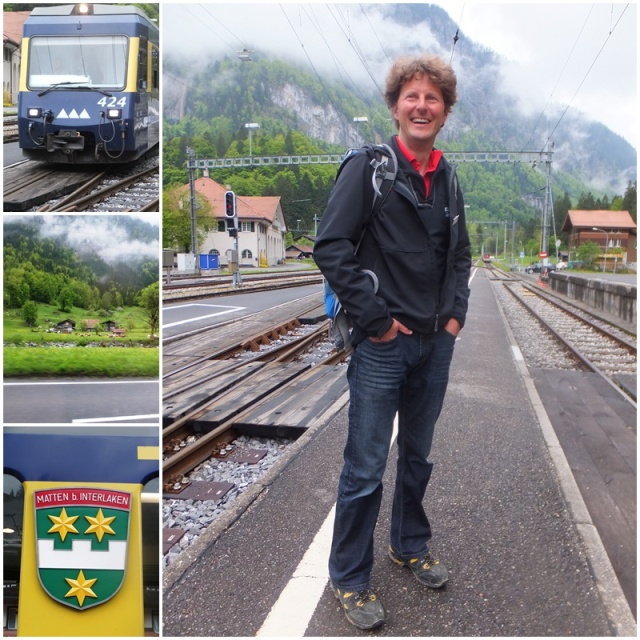
Beat picked me up at the Hotel Chalet Swiss and we drove from Interlaken to the village of Zweilütschinen. From there we took the first train up to the mountain village of Grindelwald and had about 20 minutes until our next train. This historic village is a major winter resort town with excellent skiing in the surrounding mountains. It’s a little quieter in the summer months, but the village still attracts lots of hikers, bikers and mountaineers. We made a stop at the Romantik Hotel Schweizerhof, a 4-star property in the wooden Swiss chalet style. As this is one of the most iconic properties in Grindelwald, I requested a hotel tour. Angel from the front desk showed us different rooms as well as the spa and even lent us an umbrella on this rainy day.
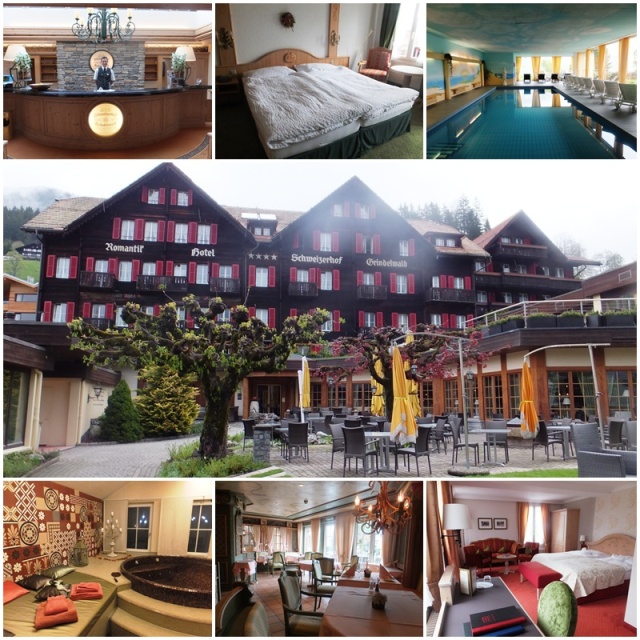
About a half hour train ride later we arrived at the Kleine Scheidegg, a mountain pass between the peaks of the Eiger and Lauberhorn mountains. Here the Wengernalpbahn railway ends and the Jungfraubahn begins. There are several historic hotels on this mountain pass, which was incidentally where hotel guests watched the 1936 tragedy when four mountain climbers tried to scale the infamous north face of the Eiger and perished in avalanches and bad weather. The north face of the Eiger is one of the Alps’ most iconic, difficult and treacherous mountains and has fascinated mountain climbers for generations.
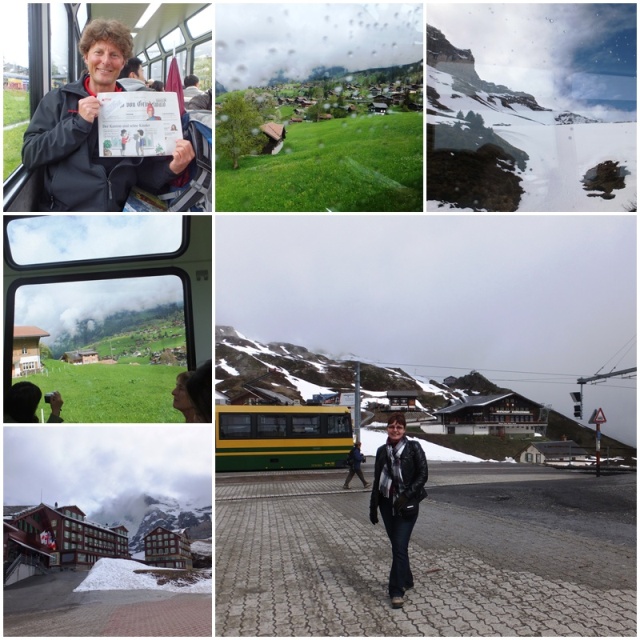
From the Kleine Scheidegg, we continued further up the mountain on the renowned Jungfraubahn. This 9 km railway runs almost the entire way in a tunnel that was built into the Eiger and Mönch mountains – an absolute miracle of Alpine mountain engineering whose construction took all the way from 1896 until 1912 when the station was inaugurated. We stopped twice and disembarked to look out some large windows that were built into the sheer mountain cliff. The clouds were finally breaking up and I started to see a few spots of blue sky. My expert guide Beat mentioned that the windows on this station can actually be opened by mountain climbers from outside to seek shelter in case of an emergency.
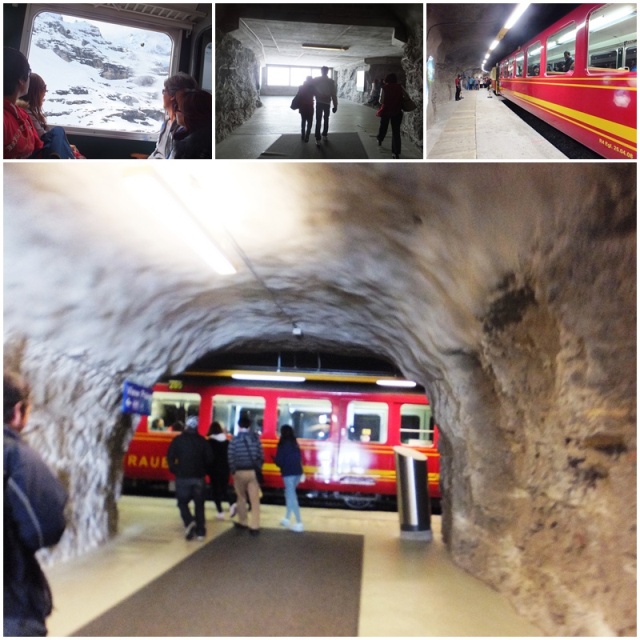
Around mid-day we finally arrived at the top of the Jungfraubahn in an underground train station. We took the elevator up to the Sphinx Observatory where we were greeted by bright sunshine and blue skies. Finally I saw the sun again after 3 days of rain in Switzerland, I felt so unbelievably fortunate to have this gorgeous weather on one of Switzerland’s most iconic mountains. There were lots of travelers from different parts of the world who were also fascinated by this experience. The views of the Jungfrau and Mönch peaks were absolutely breathtaking, and the Interlaken valley was still covered in clouds. What an amazing experience on the Top of Europe!
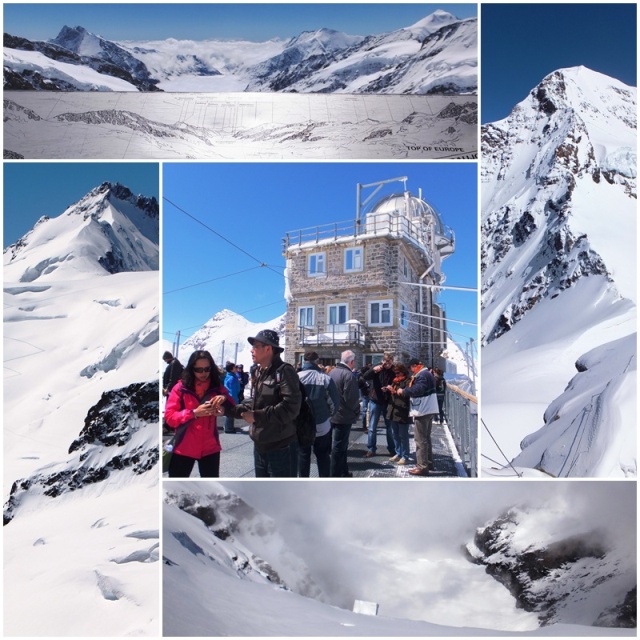
After taking in the absolutely stunning mountain panorama, my expert guide Beat and I sat down in the restaurant on top of the Jungfraujoch. There are actually 4 restaurants located here: a self-service restaurant, a full-service restaurant and 2 group restaurants, one of which only serves Indian cuisine, catering to the large number of South Asian tourists that come here. We sat down in the full-service restaurant and looked forward to an amazing meal: I enjoyed a delicious wild garlic cream soup and a grilled veal steak with sautéed morels, Hollandaise sauce, green and white asparagus and early potatoes, followed by Catalonian cream with strawberries and rhubarb sorbet while Beat enjoyed Beef Stroganoff. The meal was amazing, accompanied by an incredible panorama of Alpine peaks reaching heights of about 4000 metres (more than 13,000 feet).
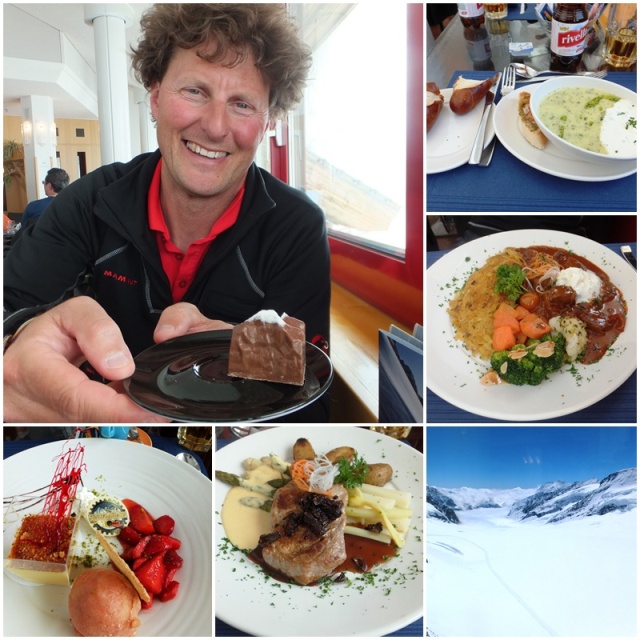
Following our delicious high-altitude lunch, Beat showed me another part of the Top of Europe experience: the Alpine Sensation is a 250 metre long underground experience with so-called “experience alcoves” that stage the touristic development in the Alps as well as the history of the Jungfraubahn. Adjoining the Alpine Sensation is the Ice Palace, a collection of elaborate ice sculpture and narrow tunnels made completely out of ice.
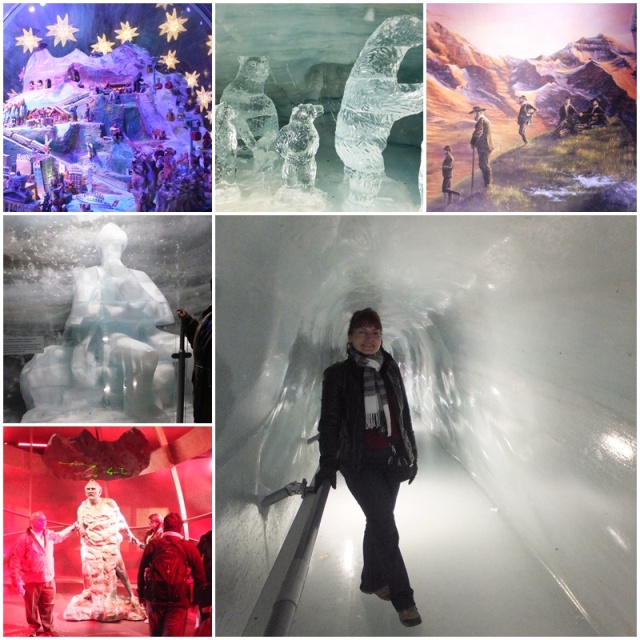
In the mid afternoon we boarded the Jungfrau Railway again, changed trains at Kleine Scheidegg and headed down torwards the village of Wengen. The train passed by the famous Lauberhorn Downhill Race course, one of the most important ski races on the Alpine ski racing circuit. It’s the longest downhill race course in the world with a length of 4.45 km or 2.8 miles and racers reach speeds of about 160 km/h (100 mph). The train made a brief stop in the village of Wengen which is also a famous winter sports resort.
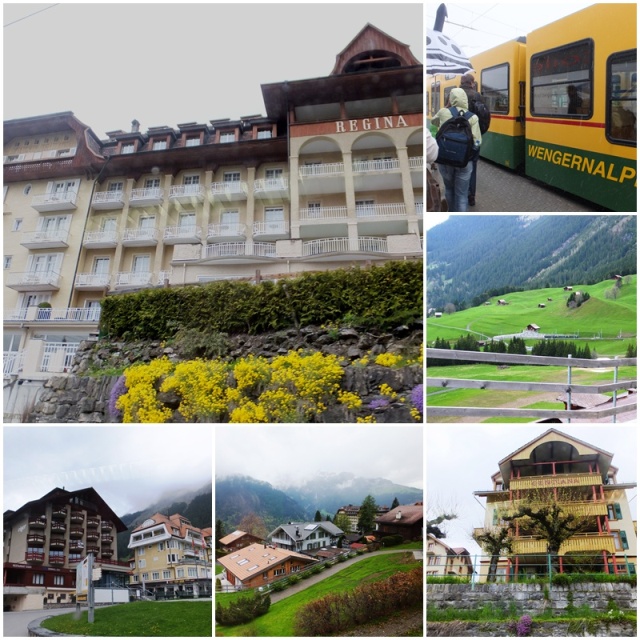
After our brief stop in Wengen our train continued and we got great views of the Lauterbrunnen Valley. Shaped by the glaciers during the last ice age, Lauterbrunnen (literally translated: “clear spring”) is a hanging valley that was dug out by the glaciers which left behind vertical rock walls that loom above the valley floor. Those steep rock walls create the 72 many breathtaking waterfalls that drain the glacial meltwater, creating the iconic views that the Lauterbrunnen Valley is famous for.
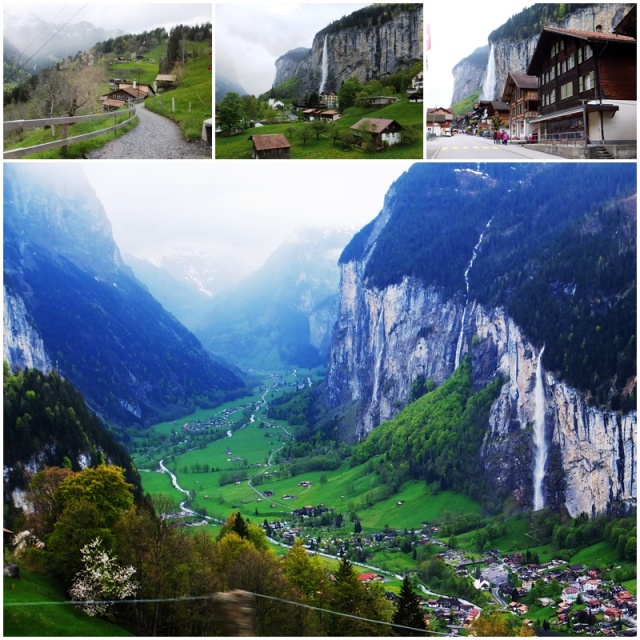
Close to 6 pm our tour of the Jungfraujoch had come to an end and I said goodbye to my trusted guide Beat. I started to drive around the rather quiet yet extremely picturesque Lake Brienz and stopped in the small village of Brienz. This small village of 3000 souls is most well-known for its wood carving traditions; there is also a company here that manufactures cuckoo clocks and the only school for violin construction in all of Switzerland.
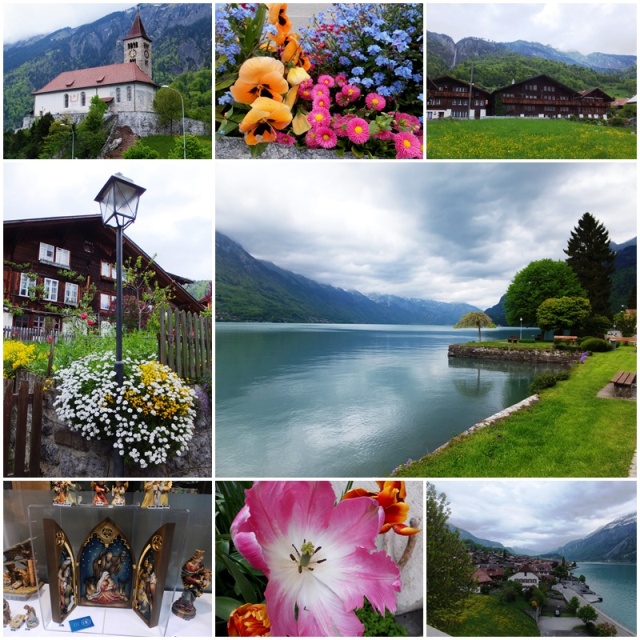
In the evening I returned to Interlaken and visited Schloss Interlaken, the Castle of Interlaken, which is surrounded by two churches. A women’s convent was situated in this location between the 13th and 15th centuries and the current church was rebuilt in a Neo-Gothic style in the early 20th century. The castle today is the location of a variety of government offices as well as of the local court.
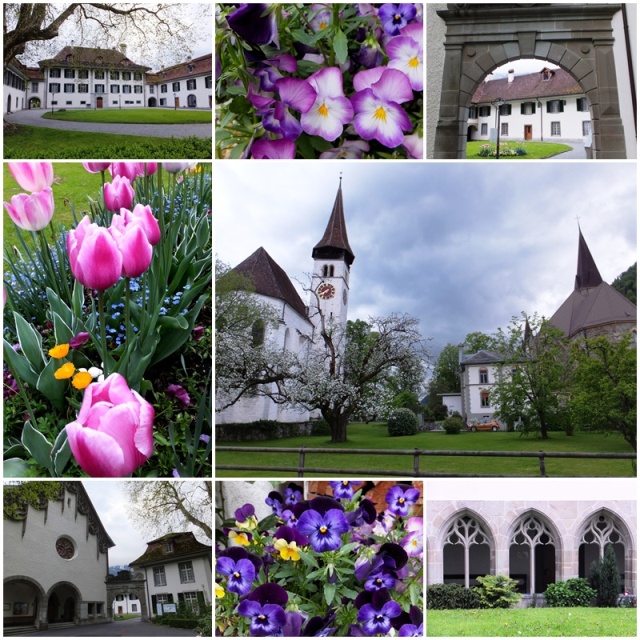
Then I took another stroll through Interlaken and admired some of the historic hotels that were built during the touristic boom of Interlaken in the 1800s. Interlaken started becoming a destination for international travelers in the early 1800s, and tourism really took off in the second half of the 19th century, particularly as the railways started to open up the area. Today, the town has an impressive collection of historic hotels that date back to the early heydays of travel in the mountains of Switzerland.
